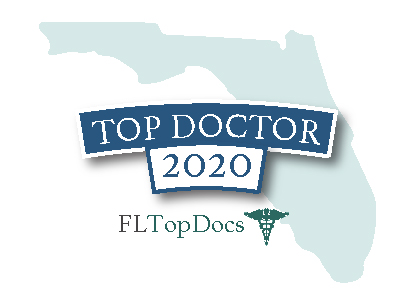Reduction mammaplasty, the medical term for a breast reduction, is one of the most common plastic surgery procedures. In my experience, it also has one of the highest rates of patient satisfaction of any procedure in the specialty. I think this is for two reasons: women with very large breasts are usually pretty miserable and appreciate the relief obtained and results are, aesthetically, usually pretty nice.
There is no “cookbook” formula for who is a candidate. If you have large, full breasts and are having symptoms from these, then you are probably a candidate. Cup size is not always helpful. While most women with problems with have bra cup size in the D and larger range, I have seen women with significant problems who wore a C cup.
I take a very comprehensive history when evaluating patients for breast reduction surgery. In addition to their cup size I want to know about any aches and pains in the back, neck, and shoulders. Problems with rashes under and between the breasts are common with large breasts. Some women complain of a “pulling” sensation on their chest and discomfort with laying down, as the large breasts spill to the sides. Numbness and tingling down the arms, into the hands and fingers, can be caused by large breasts. A physical examination, of course, will confirm that the breasts are large. I take detailed measurements and always document the size of the breasts with photographs. Very helpful is the presence of grooves in the shoulders where the bra straps dig in. This is an objective, tell tale sign of a problem.
Once I determine that a patient is a candidate for surgery, the next step is to obtain approval for the surgery from their insurance company. This can be interesting. Insurance companies are all over the place with their policies regarding this surgery. Some policies do not cover this surgery at all. Those that do often put all sorts of pre-conditions on their coverage, some of which make no sense at all. The most common requirement is that a minimum weight of breast tissue must be removed for the surgery to be covered. This amount may be so great as to be absurd. There is no accepted standard for how much a breast needs to be reduced for this to be therapeutic. Some policies require ridiculous things like some form of documentation that you have tried different bras (what woman hasn’t?) without really explaining how this is to be done, have had a trial of physical therapy (no evidence that this is the least bit effective in the long term), and have tried a course of pain medications (why should a woman be made to take pain medications for the rest of her life when an operation is nearly 100% effective in curing the problem!?).
After the consultation, I will contact your insurance company, provide them with your clinical information and a photograph of your breasts (required by all insurers before they will consider coverage), and wait to see how they respond. If the response is favorable, all that needs to be done is schedule a date. If coverage is denied, I will follow the necessary steps to appeal this, as far as I can. Sometimes, I can get an initial denial reversed.
If, after all is said and done, we cannot get you covered, or if you simply have no medical insurance, I can offer this procedure in our own, private ambulatory surgery center housed in our office. We can do these very safely and comfortably and our total fee for the entire surgery is very reasonable. Our patient coordinator will be happy to give you a quote for this surgery.
There are many misconceptions about breast reduction. Even many primary care physicians are misinformed about the surgery. Some men, including doctors and non-doctors, do not understand how uncomfortable large breasts can be and discourage women from seeking this surgery. Breast reduction surgery is quite safe with few complications and only very rare serious ones. Postoperative discomfort is very modest and most patients are surprised at how little pain there is. It is nearly 100% effective in relieving the symptoms of large breasts. Of all the operations I perform as a plastic surgeon, breast reduction has the closest to a perfect track record of satisfied patients.
After surgery, the breast will have scars on them and, as with all scars, the quality of these cannot be guaranteed. They are usually pretty good and more than justified by the results. The breasts may loose some sensitivity- larger breasts are more likely to do this. Conversely, very large breasts usually have less sensitivity to begin with. Various techniques exist to reduce large breasts. Some use limited incisions to minimize scars but these may also compromise getting the best shape and aesthetic result. A breast reduction will simultaneously lift a saggy breast, producing a more youthful, perky look. Breast feeding after a reduction can be problematic. Much depends on the technique used and preoperative size of the breasts. I have had some patients who successfully breast fed after surgery but I tell all patients to expect not to be able to do this. Breast reduction does not impair the ability to obtain a good mammogram. Some studies suggest that reducing a large breast may somewhat reduce the risk of breast cancer later but this has not been judged to be enough of a factor to warrant it being used as a justification for the surgery.Â
You will need to anticipate about 2 weeks to recover from surgery but can probably resume routine, day-to-day activities sooner than that. Vigorous physical activity, such as sports, going to the gym, etc. can be resumed in 4 weeks. I follow patients for a full 6 months after surgery to be sure that everything goes as it should and the outcome is a good one.
For women with large breasts, who are having problems with them, breast reduction is a very successful procedure with a few complications. It produces the double benefit of relieving symptoms and making the breasts more “perky” and attractive; truly a “win-win” situation!





